Fake it ‘til you make it? Inside Southeast Asia’s booming counterfeit economy
Fake goods are still readily available across the region, despite Thailand and Vietnam’s best efforts, as Washington’s tariff deadline looms
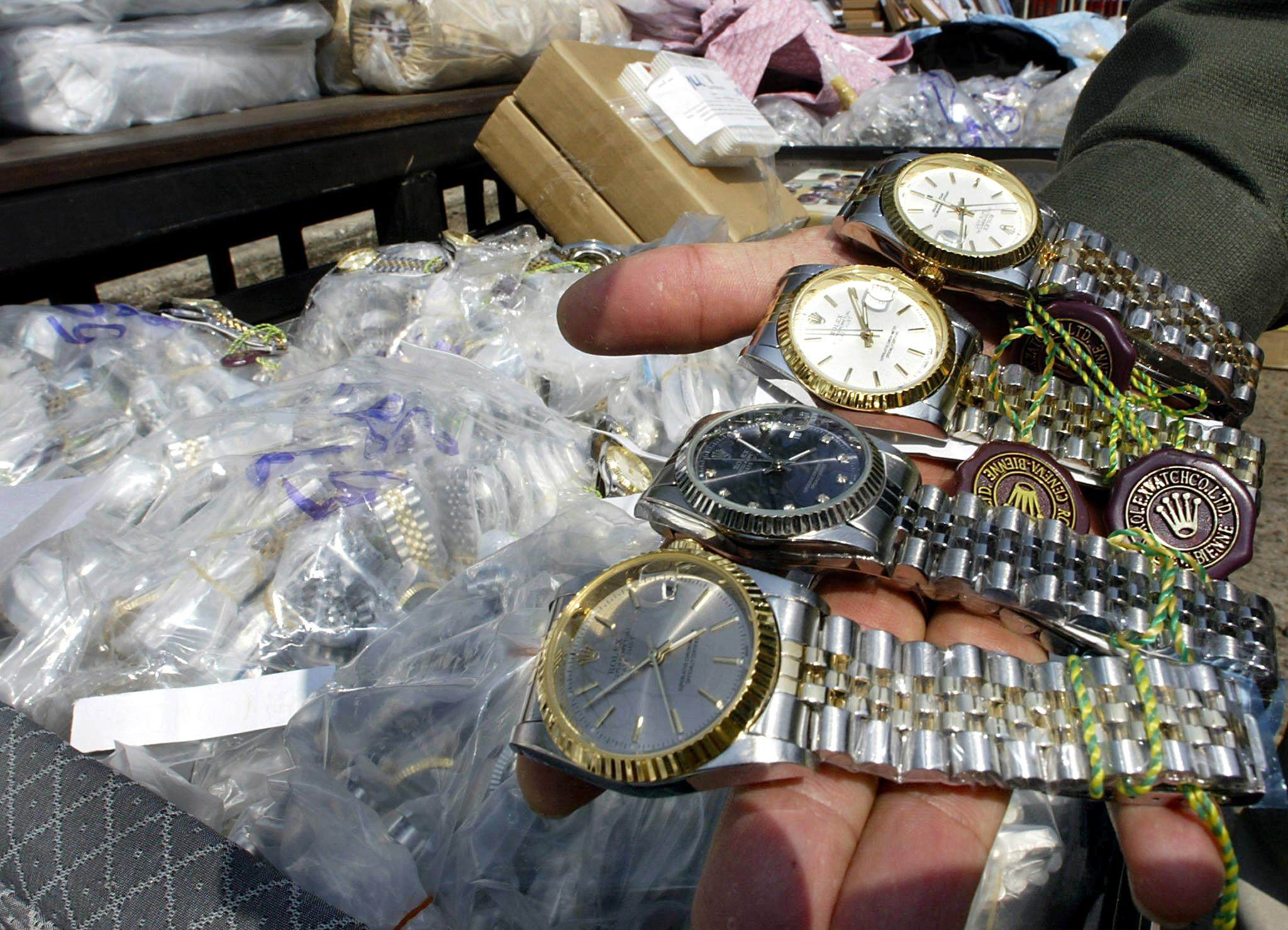
Persistence is the lifeblood of the counterfeit trade – an attribute Rahul* has in spades.
On the bustling, neon-lit streets of Bangkok, the thirty-something from India hawks imitation Rolex watches with a practised ease.
“This is nearly as good as the real one,” he says, grinning, before melting into the crowd, a bag of replica Swiss timepieces slung over his shoulder.
His trade is illegal, yet it flourishes out in the open – a mere ripple in Southeast Asia’s ocean of counterfeit goods. Now, that ocean is in the crosshairs of Washington, which is leveraging the region’s persistent intellectual property violations in the tense final days of trade negotiations.
Trump’s White House has imposed a July 9 deadline: if trade talks fail, then on Wednesday Southeast Asia’s export-driven economies could face punishing tariffs of up to 49 per cent.
The primary target is Chinese goods diverted through neighbouring countries – a practice known as transshipment that helps Chinese products sidestep Washington’s existing tariffs.
Yet Thailand, Malaysia, Cambodia, Vietnam and Indonesia have also drawn Washington’s ire for their own lapses in intellectual property enforcement.
On the streets and online, knock-off Labubu dolls, Louis Vuitton handbags, Nike trainers, jewellery, Rolex watches – even counterfeit pharmaceuticals and perfumes – are easy to find, fuelling a vast, shadowy economy.
From Bangkok’s MBK Centre to Saigon Square shopping centre in Ho Chi Minh City, recent weeks have seen high-profile seizures of fake goods worth millions, staged for television cameras as regional governments scramble to show they are tackling the problem.
But the counterfeit trade is never far from reach. Sometimes, it finds you at your table.
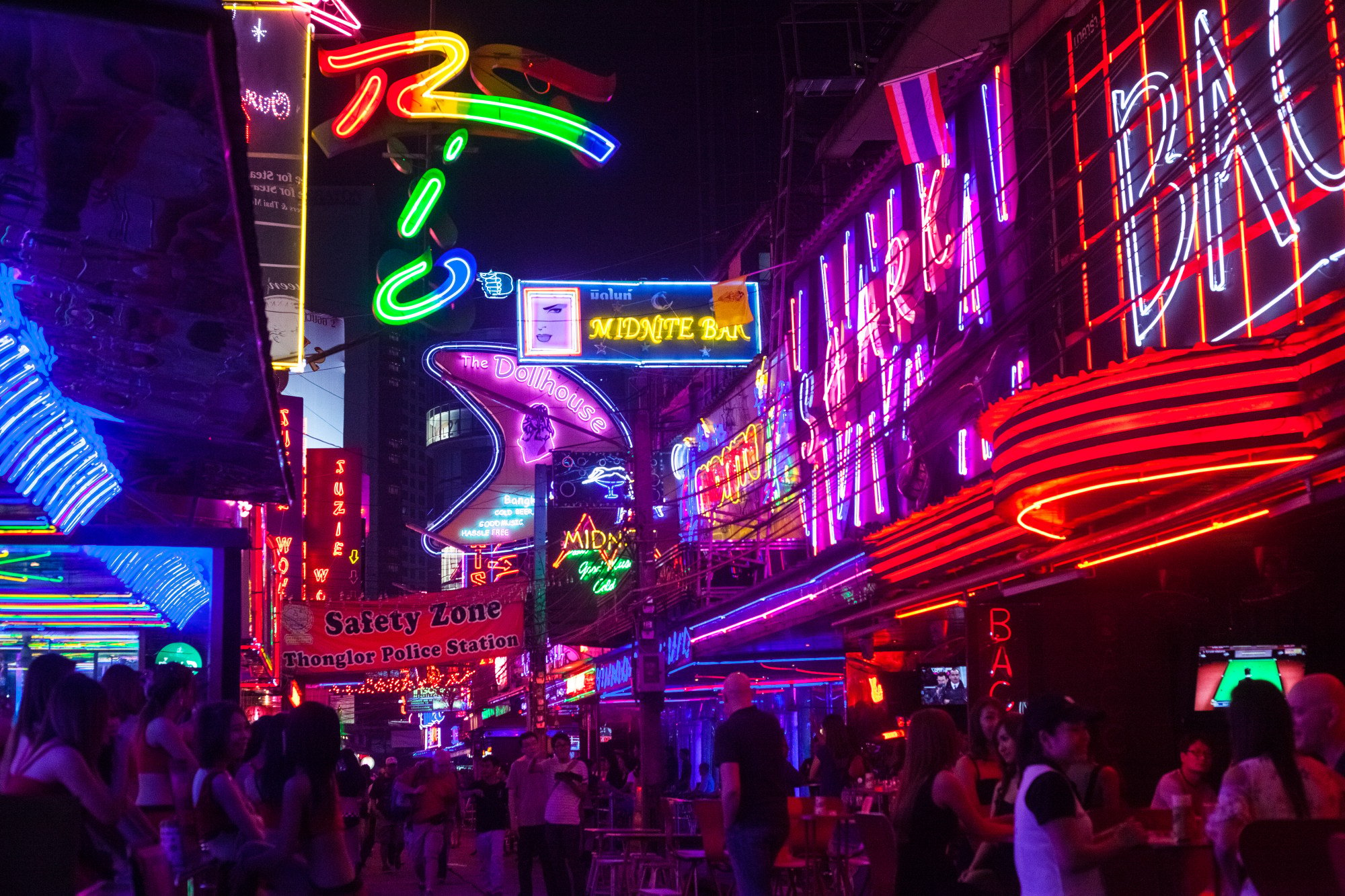
Rahul’s nightly rounds through the tourist hotspot of Sukhumvit in the Thai capital are often met with indifference or open hostility, with expletives trailing in his wake. But occasionally, his tenacity is rewarded.
On a recent Friday, two tourists from New Zealand bargained the price of a “Rolex” down from 10,000 baht to 2,000 baht (US$310 to US$62) – an instant 80 per cent discount that revealed the watch’s true provenance.
Tens of millions of fake timepieces are offered for sale each year, according to the Federation of Swiss Watches, many of which pass through Asia. Watches trail only clothing as the world’s most counterfeited goods.
For major brands, policing these low-level, transnational and dispersed crimes is an endless, Sisyphean task.
Last year, Thailand’s Department of Intellectual Property prosecuted more than 1,300 cases, seizing over 2.7 million counterfeit items worth tens of millions of dollars.
Yet the country remains on a US watch list for intellectual property breaches.
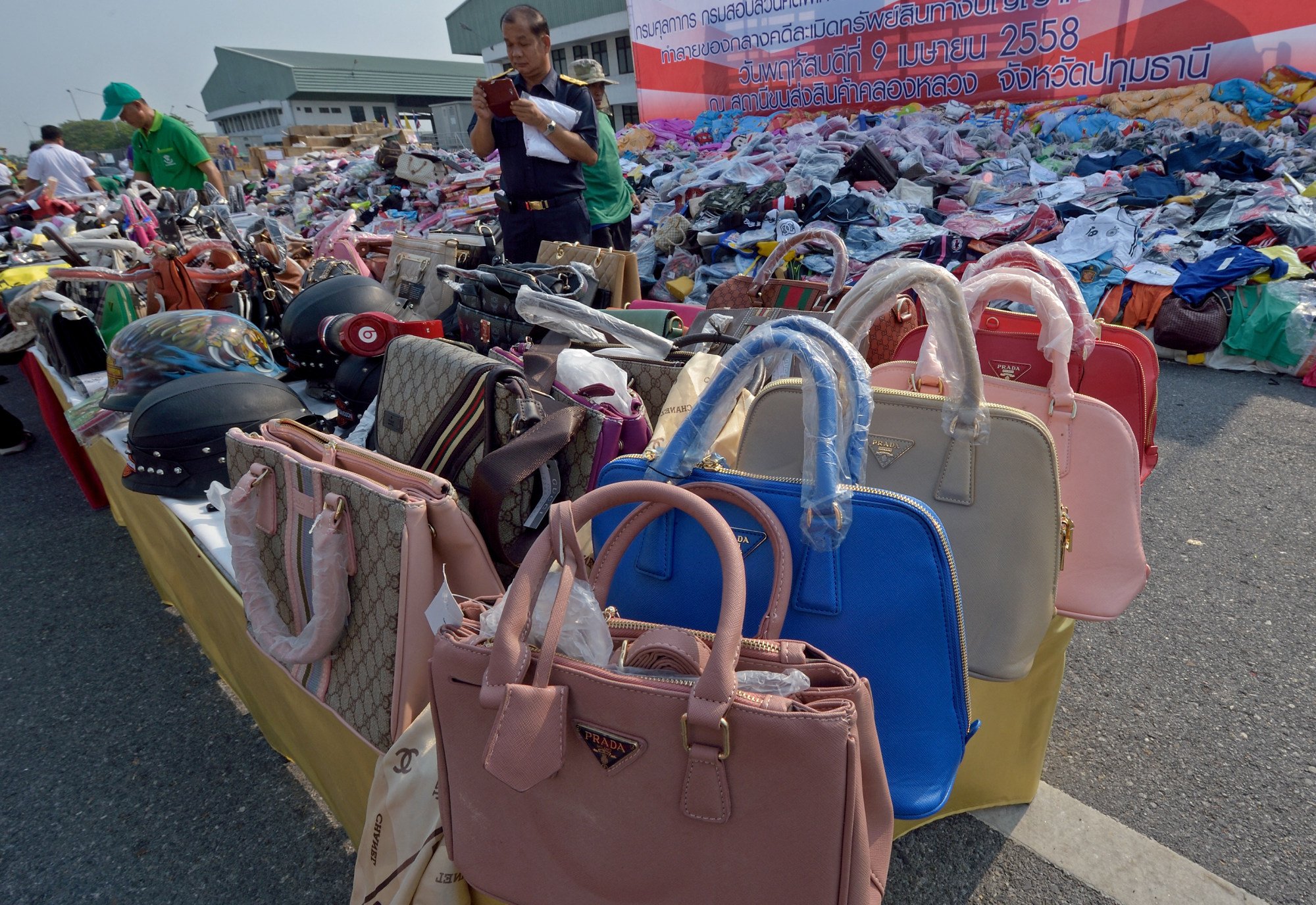
“While Thailand is making progress in these areas, concerns remain. Counterfeit and pirated goods are still readily available, particularly online,” the Office of the US Trade Representative said in a report released earlier this year.
Bangkok’s MBK Centre was cited as a “notorious market” teeming with fakes – a designation that carries weight as Thailand enters the final phase of negotiations with Washington, hoping to lower a threatened 36 per cent US tariff to the baseline of 10 per cent.
The pressure is intense: last year, roughly 20 per cent of all Thailand’s exports went to the US, making it the kingdom’s largest overseas market.
A recent crackdown at MBK has made headlines, but the shopping centre is only one node in a continent-spanning network. Fakes produced in China, Cambodia, Vietnam, India and Thailand flood marketplaces both physical and digital.
The counterfeit trade is frequently linked to organised crime, including drug trafficking and human exploitationTilleke & Gibbins law firm
“These items are frequently distributed through informal markets and increasingly via online platforms,” Tilleke & Gibbins, a Bangkok-based law firm specialising in intellectual property, told This Week in Asia.
For many, counterfeit shopping is a harmless thrill, even an indelible part of the Southeast Asian tourist experience – a way to bring home “luxury” on the cheap, or stock up for a side hustle.
“However, this perception overlooks the broader consequences. Counterfeiting undermines legitimate businesses, causes tax revenue losses, and exposes consumers to health and safety risks,” Tilleke & Gibbins said in a statement.
“Moreover, the counterfeit trade is frequently linked to organised crime, including drug trafficking and human exploitation. What may seem like a harmless bargain actually fuels a global illicit economy with far-reaching and damaging impacts.”
Piracy and ‘princes’
In Vietnam, a manufacturing hub for trainers and apparel, counterfeit sales are an open secret, with factory rejects and near-perfect replicas easily found.
The country has earned praise for its crackdowns, including on piracy site Fmovies, which US officials described as “the world’s largest piracy ring … that drew more than 6.7 billion visits between January 2023 and June 2024”.
But even so, from Ho Chi Minh City to Hanoi, fakes are still openly for sale.
Vietnam had faced the threat of a 46 per cent tariff on exports to the US market before President Donald Trump announced a deal on Wednesday slashing the rate to 20 per cent, with a steeper 40 per levy on goods deemed to have been transshipped. Hanoi had courted Washington to reduce the penalty, including through real estate deals with Trump’s son, Eric.
Catching the counterfeiters is no easy task, however, especially in a region where law enforcement can be bribed to ignore the illegal trade and courts often regard counterfeiting as a minor offence.
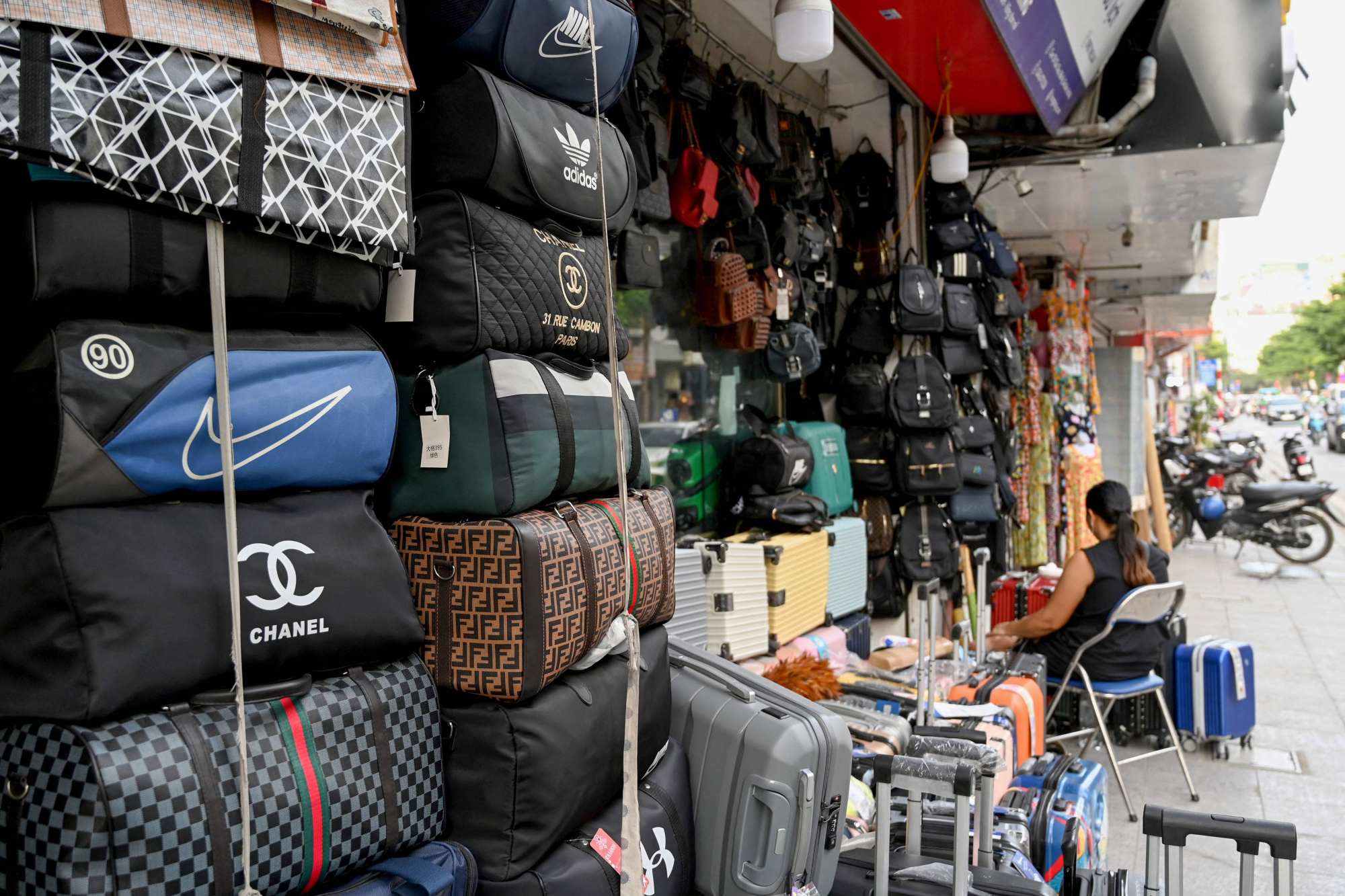
The trial last year of a Frenchman nicknamed the “prince of fakes” revealed how luxury replicas move from Chinese factories to Thai distributors, then on to global buyers via encrypted WhatsApp groups.
The man, identified by a French court as Julien V, is believed to have pocketed millions of euros selling custom fakes for between €500 and €1,300 (US$590 to US$1,530) – watches that were nearly indistinguishable from originals that retail for tens of thousands of US dollars.
E-commerce has complicated enforcement. With millions of parcels dispatched daily, illegal goods are easily concealed behind false names and shell companies.
Asia’s leading online marketplaces – Shopee, India’s IndiaMART, and Indonesia’s Bukalapak among them – have all been flagged by the US as epicentres of counterfeit activity.
Still, for those who prefer haggling in person, Southeast Asia continues to teem with infamous street markets. At Kuala Lumpur’s Petaling Street, for example, stalls selling fake Louis Vuitton bags and Rolex watches nestle between roasted chestnut vendors and pineapple tart kiosks.
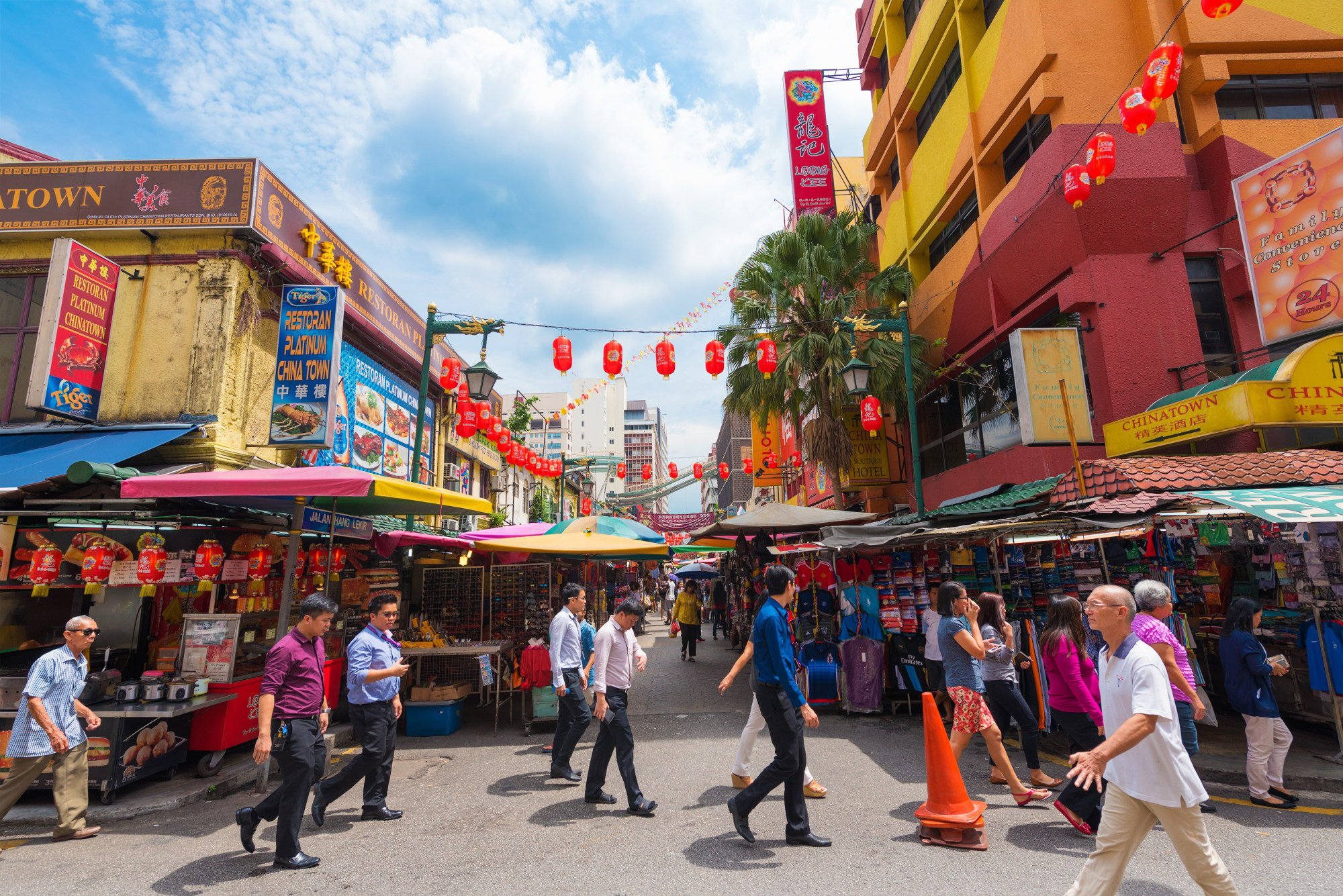
Though billed as a Chinatown, most stalls today are run by Bangladeshi migrants, not all of whom have legal work permits.
“My boss is [Malaysian] Chinese,” said Alamgir, who sells travel luggage near an entrance to the market. “I have been working for six months now; the pay is decent.”
Petaling Street’s counterfeit trade has waned since its heyday in the early 2000s, when shoppers were warned not to ask for prices unless they intended to buy, lest they be harassed by insistent vendors.
But the sale of fake luxury goods is far from a parochial problem. The financial repercussions are global: draining government coffers, deterring investment and complicating trade talks.
For Malaysia, especially in high-profile districts like Petaling Street, the counterfeit trade has long been a sticking point in international commerce – one now under sharper scrutiny than ever.
“The continued tolerance of counterfeit trade places it [Malaysia] at a disadvantage compared to regional competitors like Singapore and Vietnam, both of which have made visible strides in strengthening their IPR [intellectual property rights] enforcement mechanisms to attract premium investments,” said Liew Chee Yoong, an economist at Kuala Lumpur’s UCSI University.
*Full name withheld at interviewee’s request